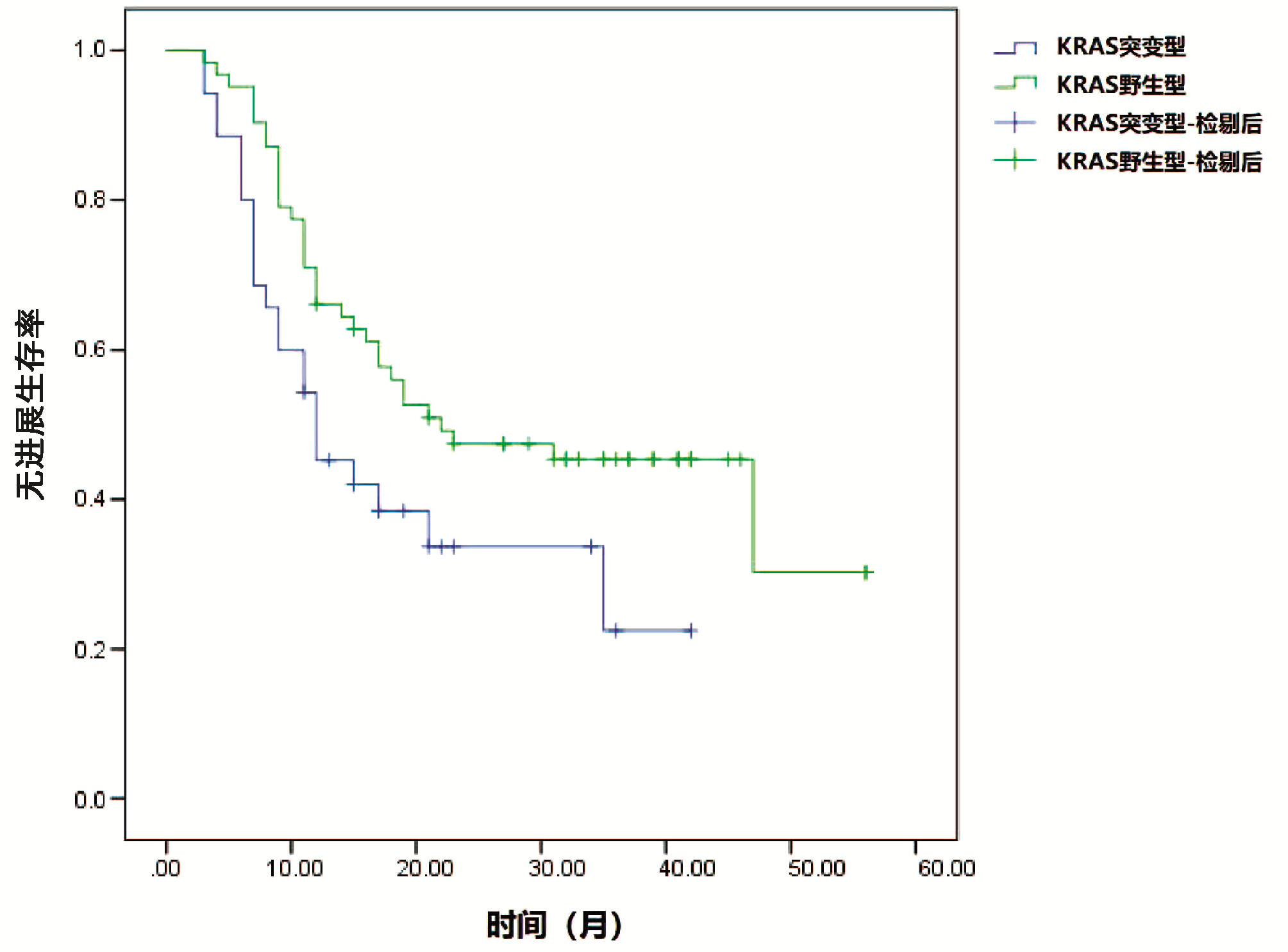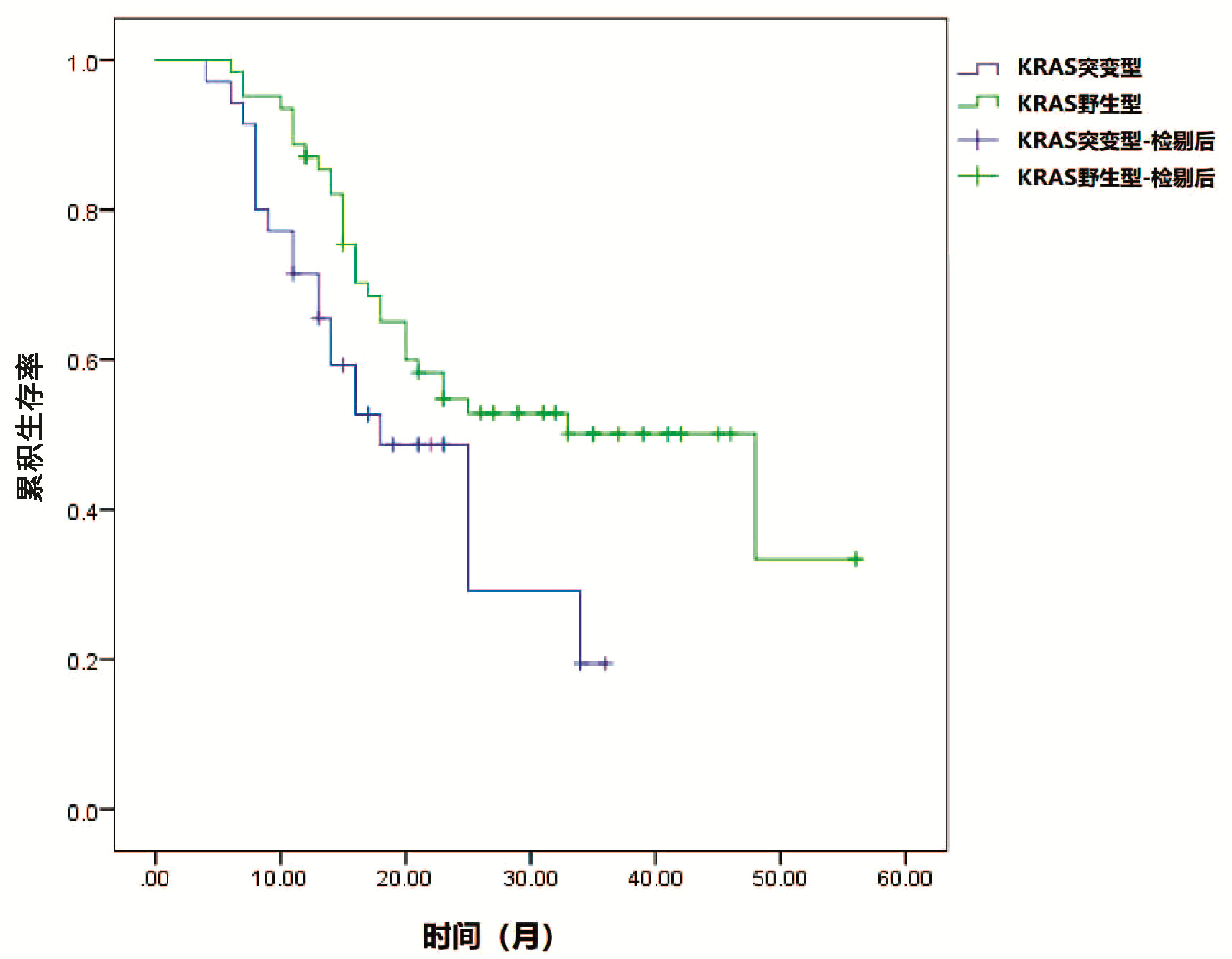|
[1]LAWRIE CH,GAL S,DUNLOP HM,et al.Detection of elevated levels of tumour-associated microRNAs in serum of patients with diffuse large B-cell lymphoma[J].Br J Haematol,2008,141(5):672-675.
|
|
[2]CARVALHO INSR,FREITAS RM,VARGAS FR.Translating microRNAs into biomarkers:What is new for pediatric cancer?[J].Med Oncol,2016,33(5):49.
|
|
[3]LI A,YU J,KIM HY,et al.MicroRNA array analysis finds elevated serum miR-1290 accurately distinguishes patients with low-stage pancreatic cancer from healthy and disease controls.[J].Clin Cancer Res,2013,19(13):3600-3610.
|
|
[4]KJERSEM JB,IKDAHL T,LINGJAERDE OC,et al.Plasma microRNAs predicting clinical outcome in metastatic colorectal cancer patients receiving first-line oxaliplatin-based treatment[J].Mol Oncol,2014,8(1):59-67.
|
|
[5]GALLO A,TANDON M,ALEVIZOS I,et al.The majority of microRNAs detectable in serum and saliva is concentrated in exosomes[J].PLo S One,2012,7(3):e30679.
|
|
[6]FUJITA Y,YOSHIOKA Y,OCHIYA T.Extracellular vesicle transfer of cancer pathogenic components[J].Cancer Sci,2016,107(4):385-390.
|
|
[7]STREMERSCH S,VANDENBROUCKE RE,van WONTERGHEM E,et al.Comparing exosome-like vesicles with liposomes for the functional cellular delivery of small RNAs[J].J Control Release,2016,232:51-61.
|
|
[8]COENEN-STASS AM,MAGER I,WOOD MJ.Extracellular microRNAs in membrane vesicles and non-vesicular carriers[J].EXS,2015,106:31-53.
|
|
[9]ZHANG QQ,XU MY,QU Y,et al.Analysis of the differential expression of circulating microRNAs during the progression of hepatic fibrosis in patients with chronic hepatitis B virus infection[J].Mol Med Rep,2015,12(4):5647-5654.
|
|
[10]ARROYO JD,CHEVILLET JR,KROH EM,et al.Argonaute2complexes carry a population of circulating microRNAs independent of vesicles in human plasma[J].Proc Natl Acad Sci U S A,2011,108(12):5003-5008.
|
|
[11]VICKERS KC,PALMISANO B,TSHOUCRI BM,et al.MicroRNAs are transported in plasma and delivered to recipient cells by high-density lipoproteins[J].Nat Cell Biol,2011,13(4):423-433.
|
|
[12]GUO CJ,PAN Q,LI DG,et al.MiR-15b and miR-16 are implicated in activation of the rat hepatic stellate cell:an essential role for apoptosis[J].J Hepatol,2009,50(4):766-778.
|
|
[13]JI J,ZHANG J,HUANG G,et al.Over-expressed microRNA-27a and 27b influence fat accumulation and cell proliferation during rat hepatic stellate cell activation[J].FEBS Lett,2009,583(4):759-766.
|
|
[14]PIROLA CJ,GIANOTTI TF,CASTANO GO,et al.Circulating microRNA signature in non-alcoholic fatty liver disease:from serum non-coding RNAs to liver histology and disease pathogenesis[J].Gut,2015,64(5):800-812.
|
|
[15]CSAK T,BALA S,LIPPAI D,et al.MicroRNA-122 regulates hypoxia-inducible factor-1 and vimentin in hepatocytes and correlates with fibrosis in diet-induced steatohepatitis[J].Liver Int,2015,35(2):532-541.
|
|
[16]BUTT AM,RAJA AJ,SIDDIQUE S,et al.Parallel expression profiling of hepatic and serum microRNA-122 associated with clinical features and treatment responses in chronic hepatitis C patients[J].Sci Rep,2016,6:21510.
|
|
[17]WAIDMANN O,KOBERLE V,BRUNNER F,et al.Serum microRNA-122 predicts survival in patients with liver cirrhosis[J].PLo S One,2012,7(9):e45652.
|
|
[18]ARATAKI K,HAYES CN,AKAMATSU S,et al.Circulating microRNA-22 correlates with microRNA-122 and represents viral replication and liver injury in patients with chronic hepatitis B[J].J Med Virol,2013,85(5):789-798.
|
|
[19]NOVELLINO L,ROSSI R,BONINO F,et al.Circulating hepatitis B surface antigen particles carry hepatocellular microRNAs[J].PLo S One,2012,7(3):e31952.
|
|
[20]ANADOL E,SCHIERWAGEN R,ELFIMOVA N,et al.Circulating microRNAs as a marker for liver injury in human immunodeficiency virus patients[J].Hepatology,2015,61(1):46-55.
|
|
[21]RODERBURG C,URBAN GW,BETTERMANN K,et al.MicroRNA profiling reveals a role for miR-29 in human and murine liver fibrosis[J].Hepatology,2011,53(1):209-218.
|
|
[22]KWIECINSKI M,ELFIMOVA N,NOETEL A,et al.Expression of platelet-derived growth factor-C and insulin-like growth factor I in hepatic stellate cells is inhibited by miR-29[J].Lab Invest,2012,92(7):978-987.
|
|
[23]ZHANG YQ,WU LP,WANG Y,et al.Protective role of estrogen-induced miRNA-29 expression in carbon tetrachloride-induced mouse liver injury[J].J Biol Chem,2012,287(18):14851-14862.
|
|
[24]CHEN YJ,ZHU JM,WU H,et al.Circulating microRNAs as a fingerprint for liver cirrhosis[J].PLo S One,2013,8(6):e66577.
|
|
[25]WANG BC,LI WX,GUO K,et al.miR-181b promotes hepatic stellate cells proliferation by targeting p27 and is elevated in the serum of cirrhosis patients[J].Biochem Biophys Res Commun,2012,421(1):4-8.
|
|
[26]YU FJ,GUO Y,CHEN BC,et al.MicroRNA-17-5p activates hepatic stellate cells through targeting of Smad7[J].Lab Invest,2015,95(7):781-789.
|
|
[27]ZHENG JJ,ZHOU ZX,XU ZQ,et al.Serum microRNA-125a-5p,a useful biomarker in liver diseases,correlates with disease progression[J].Mol Med Rep,2015,12(1):1584-1590.
|
|
[28]EL-AHWANY E,NAGY F,ZOHEIRY M,et al.Circulating miRNAs as predictor markers for activation of hepatic stellate cells and progression of HCV-induced liver fibrosis[J].Electronic Physician,2016,8(1):1804-1810.
|
|
[29]SHRIVASTAVA S,PETRONE J,STEELE R,et al.Up-regulation of circulating miR-20a is correlated with hepatitis C virus-mediated liver disease progression[J].Hepatology,2013,58(3):863-871.
|
|
[30]XIE Y,YAO QW,BUTT AM,et al.Expression profiling of serum microRNA-101 in HBV-associated chronic hepatitis,liver cirrhosis,and hepatocellular carcinoma[J].Cancer Biol Ther,2014,15(9):1248-1255.
|
|
[31]TU XL,ZHANG HY,ZHANG JC,et al.MicroRNA-101 suppresses liver fibrosis by targeting the TGFbeta signalling pathway[J].J Pathol,2014,234(1):46-59.
|
|
[32]BENZ F,RODERBURG C,CARDENAS DV,et al.U6 is unsuitable for normalization of serum miRNA levels in patients with sepsis or liver fibrosis[J].Exp Mol Med,2013,45:e42.
|
|
[33]LI Y,ZHANG L,LIU F,et al.Identification of endogenous controls for analyzing serum exosomal miRNA in patients with hepatitis B or hepatocellular carcinoma[J].Dis Markers,2015,2015:893594.
|
|
[34]WANG K,YUAN Y,CHO JH,et al.Comparing the MicroRNA spectrum between serum and plasma[J].PLo S One,2012,7(7):e41561.
|









 下载:
下载:








 DownLoad:
DownLoad: